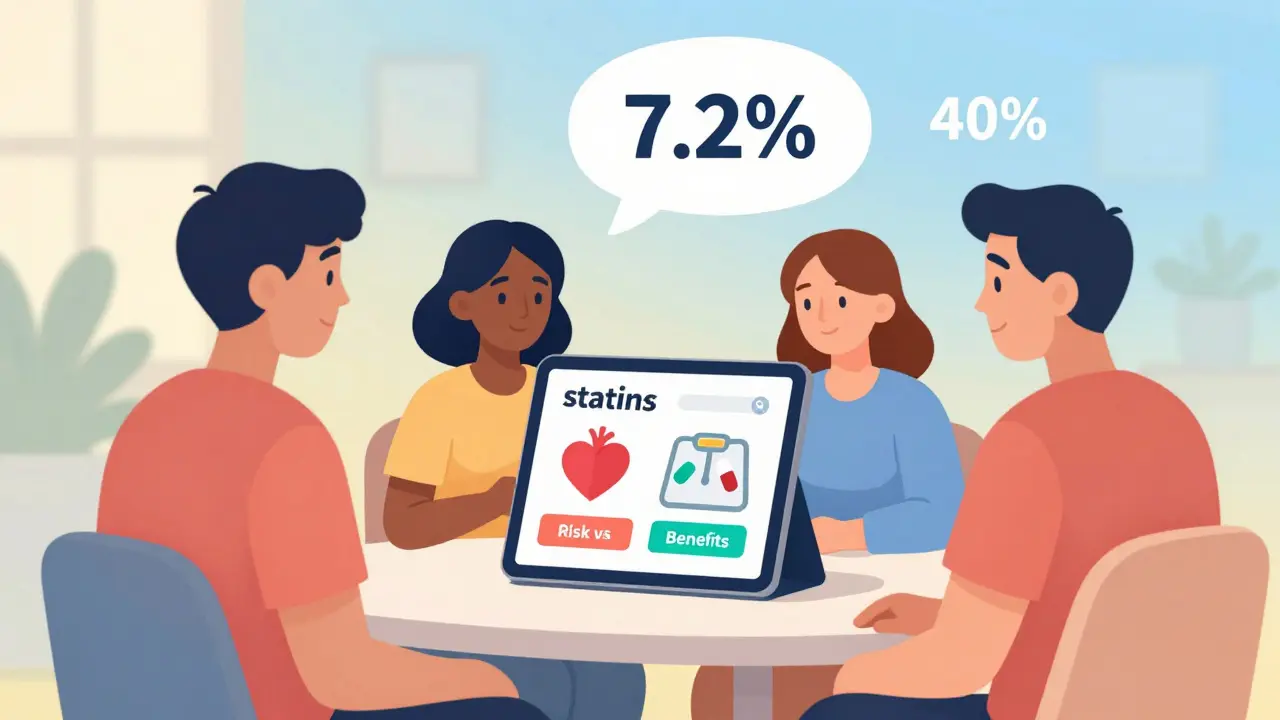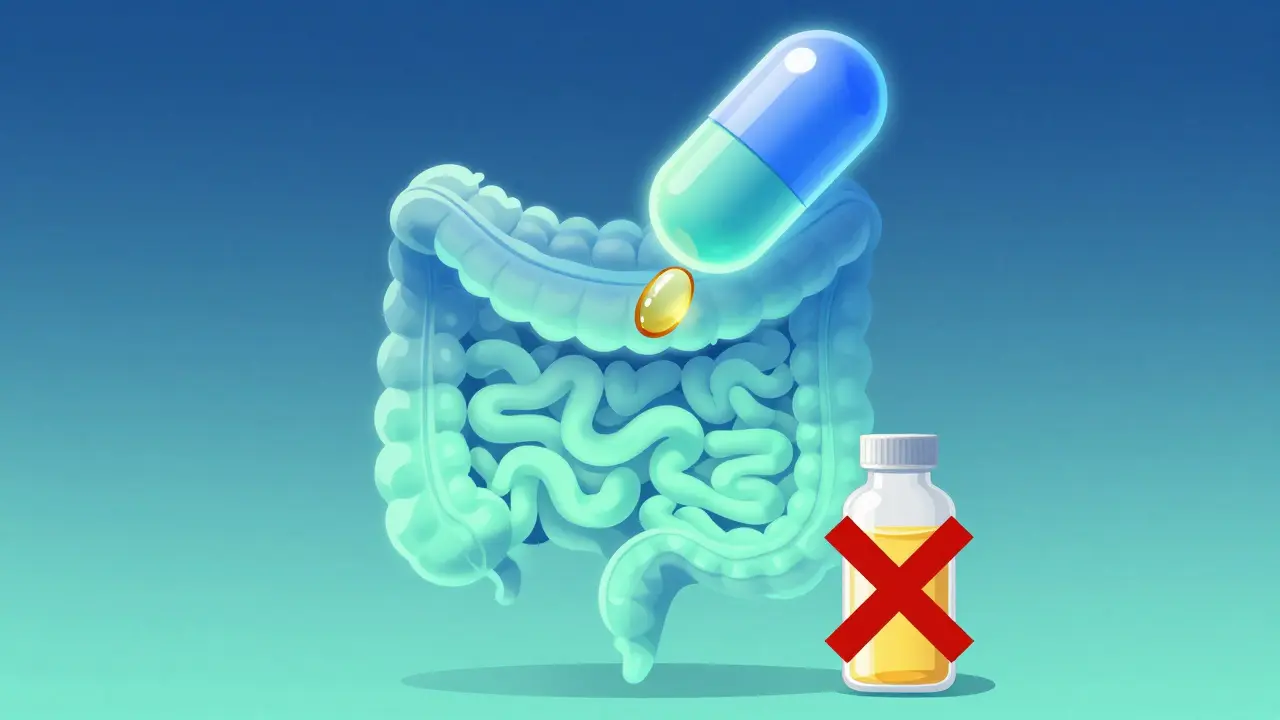Syphilis: What to watch for and what to do
Syphilis is a bacterial sexually transmitted infection that can be mild at first but very serious if ignored. The good news: it’s usually easy to diagnose and treat when you catch it early. This page gives you straight facts on symptoms, tests, treatment, and simple steps to protect yourself and your partners.
Symptoms and stages — what changes to expect
Syphilis has clear stages with different signs. Primary syphilis often starts with a painless sore (called a chancre) where the bacteria entered the body — this can be on the genitals, anus, mouth, or throat. If untreated, it moves to secondary syphilis with a rash (often on palms or soles), fever, swollen glands, and sometimes patchy hair loss. After that comes latent syphilis with no symptoms, and years later tertiary syphilis can damage organs, nerves, and the heart. Neurosyphilis can occur at any stage and cause headaches, vision problems, or confusion.
Testing, treatment, and what to expect
If you suspect exposure or have symptoms, get tested. Common blood tests include RPR or VDRL (screening tests) followed by a treponemal test like FTA-ABS or TPPA to confirm. If there are neurological signs, your provider may order a lumbar puncture to check spinal fluid.
Treatment is straightforward: intramuscular benzathine penicillin G is the standard. For early syphilis, that’s usually a single 2.4 million unit injection. Later stages often need three weekly doses. Neurosyphilis requires IV penicillin (high-dose for 10–14 days). If you’re allergic to penicillin and pregnant, doctors recommend desensitization so you can still get penicillin — it’s the safest option for pregnancy. For nonpregnant adults who are penicillin-allergic, doxycycline or tetracycline can be used as alternatives for certain stages.
After treatment, your doctor will follow your RPR titers to make sure the infection is clearing. Expect a follow-up at around 6 and 12 months — a fourfold drop in titer is a common goal. Be aware of the Jarisch–Herxheimer reaction: flu-like symptoms within 24 hours of treatment, which usually passes in a day or two.
Tell recent sexual partners so they can get tested and treated. Avoid sex until you and your partner(s) complete treatment and your provider confirms it’s safe. Use condoms to lower risk, but know condoms don’t cover every possible infectious site.
Pregnant people should be screened early — untreated syphilis can cause serious harm to the fetus, including stillbirth. People with HIV, men who have sex with men, and anyone with multiple partners should test regularly.
If you have symptoms, a positive test, or worry about exposure, contact a clinic or your healthcare provider right away. Early diagnosis stops damage and prevents passing syphilis to others.






